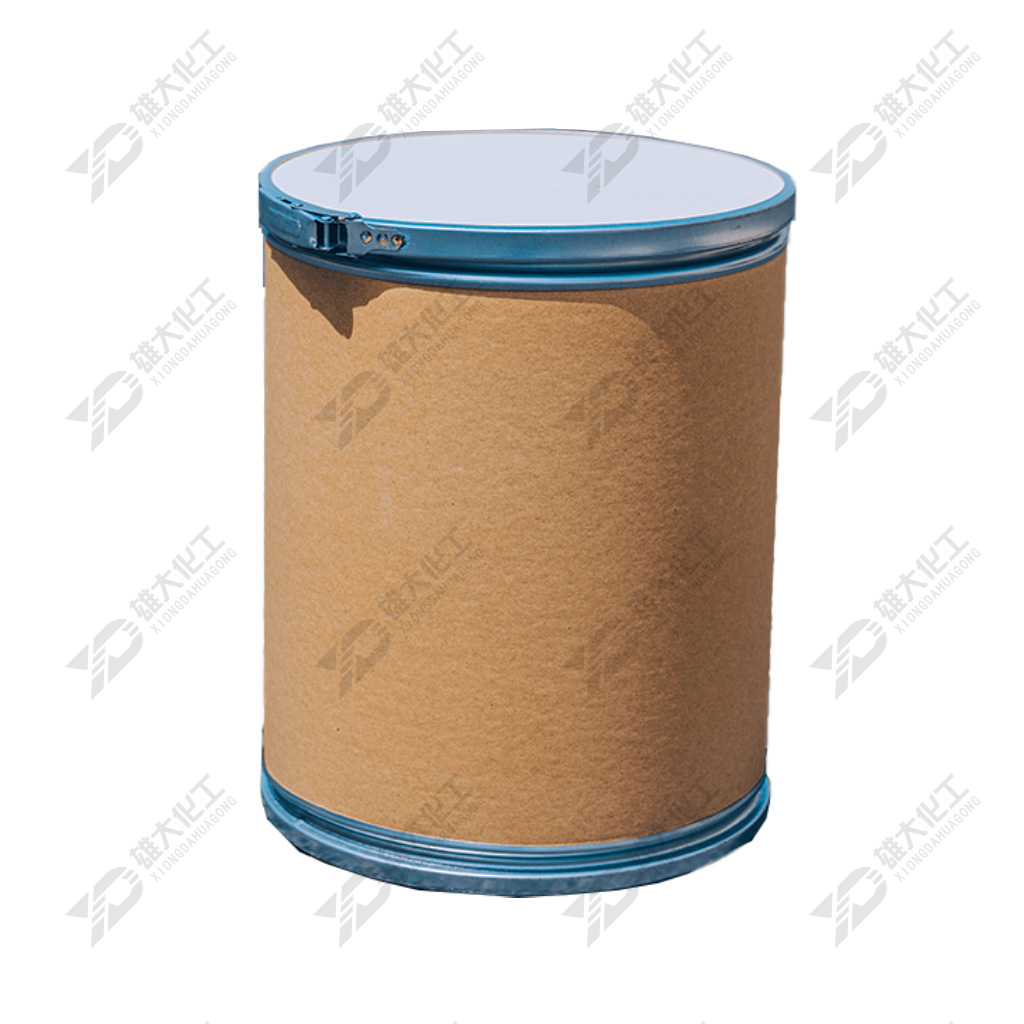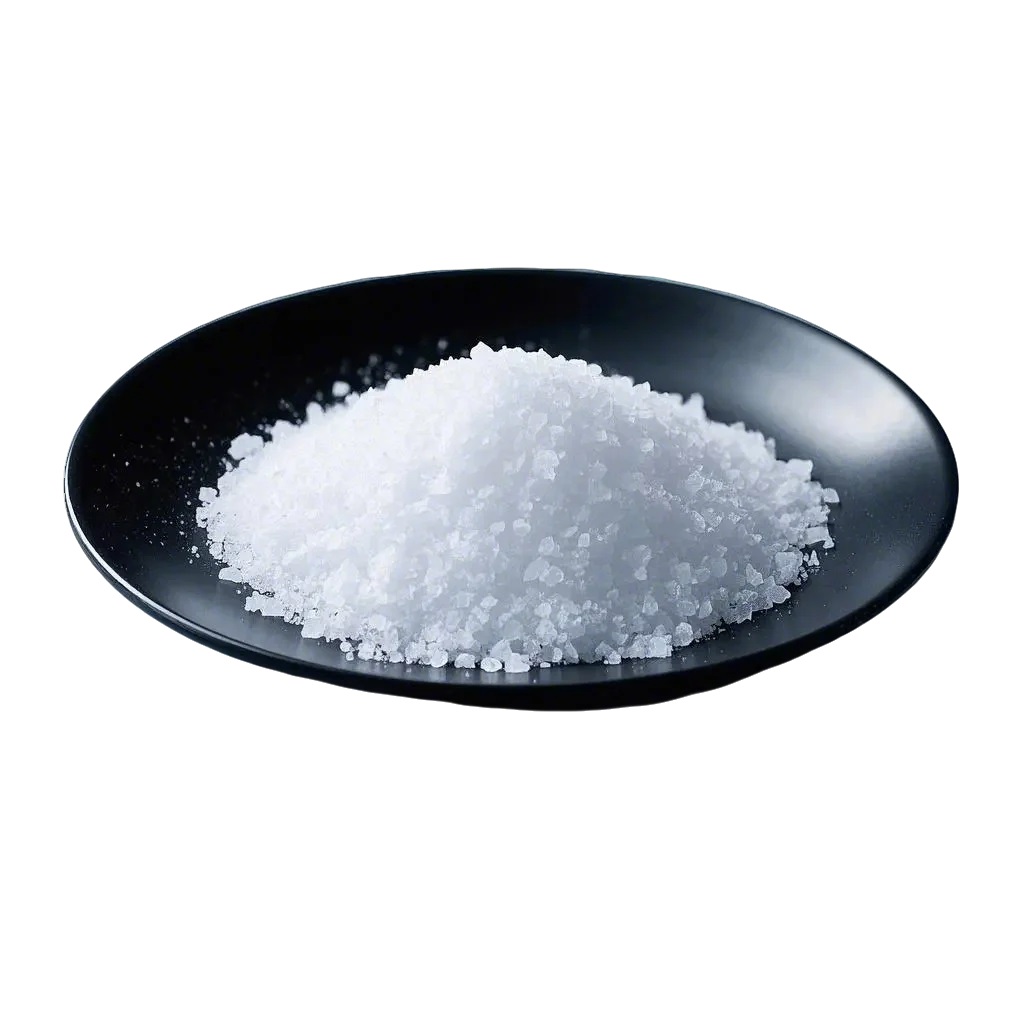Perchloric Acid Industrial applications
Perchloric acid (HClO₄) is a strong oxidizing agent widely used in various industrial fields, including rocket propellants, chemical synthesis, and electronics manufacturing. Due to its strong oxidizing and corrosive properties, perchloric acid may pose certain environmental impacts during production, transportation, storage, and use. Although the industrial applications of perchloric acid are crucial to the development of modern technology and industry, its environmental pollution risks cannot be ignored. This article will delve into the main applications of perchloric acid and analyze its potential risks to water, air, and soil pollution in industrial production, while also proposing corresponding environmental protection measures.
Perchloric acid is widely used in the following important fields:
- Rocket propellant:Perchloric acid, as a key component of liquid rocket propellants, possesses strong oxidizing properties and plays an important role in the aerospace and military fields.
- Chemical synthesis:Perchloric acid is used in various chemical reactions as a catalyst or reagent, involved in the production of organic chemicals, dyes, and pharmaceutical intermediates.
- Electronics manufacturing:Perchloric acid is used in the electronics industry to clean metal surfaces, removing oxides and impurities to ensure the precision and reliability of electronic components.
- Laboratory uses:Perchloric acid is used in chemical experiments for organic synthesis, cleaning, and oxidation reactions, making it one of the commonly used reagents.
Although perchloric acid has important applications in industry, its potential environmental impact is becoming an increasing concern.
Environmental Pollution Risks of Perchloric Acid
The pollution issues caused by perchloric acid and its derivatives in the environment mainly manifest in the following aspects:
1. Water Pollution
If the discharge of perchloric acid enters water bodies, it can lead to water quality deterioration, affecting the growth of aquatic organisms and the stability of the ecosystem. As a strong oxidizer, perchloric acid can rapidly oxidize organic matter in water, lowering the pH value and acidifying the water, which in turn affects the normal growth of aquatic plants and animals. Particularly during industrial production and usage, untreated perchloric acid wastewater discharges can cause long-term pollution to rivers, lakes, and other water bodies.
2. Air Pollution
During the production of perchloric acid, improper management may lead to the release of harmful gases such as chlorine gas and hydrogen chloride. These gases not only negatively impact air quality but also damage the respiratory system, with chlorine gas in high concentrations posing a serious threat to human health. Furthermore, the emission of chlorine gas and other gases may contribute to the depletion of the ozone layer, further affecting global climate change.
3. Soil Pollution
The leakage of perchloric acid may permeate into the soil, altering its chemical composition. If present for a long time, it could inhibit plant growth. Soil contaminated with perchloric acid directly impacts agricultural production, as soil acidification and the accumulation of toxic substances may lead to reduced crop yields and even pose a threat to food safety. If these pollutants further enter the food chain, they could endanger the ecosystem and human health.
4. Perchloric Acid Leakage and Industrial Accidents
The leakage of perchloric acid is a direct source of environmental pollution. Due to its strong corrosive and oxidative properties, any leakage or accident could result in widespread contamination. For example, during storage and transportation, if a container breaks or an accident occurs, perchloric acid could leak into the air, soil, or water, causing serious environmental damage.
Environmental Control and Management Measures
To reduce the negative environmental impact of perchlorate, the chemical industry must implement effective environmental control measures. Below are control strategies in several key areas:
1. Waste gas and wastewater treatment
The waste gases and wastewater generated during the perchlorate production process must undergo strict treatment. Chlorine gas and other harmful gases in the exhaust can be treated through chemical absorption, catalytic oxidation, and other technologies to ensure emissions meet environmental standards. Perchlorate in wastewater can be purified through neutralization or redox reactions to prevent water pollution.
2. Leak prevention and emergency response plans
Strengthen the management of perchlorate storage, transportation, and use, ensuring that all equipment and containers meet safety standards, with regular maintenance and inspections. Establish comprehensive emergency response plans to quickly isolate, control, and clean up in the event of a leak, preventing the spread of contamination.
3. Environmental monitoring
Regularly monitor the water, air, and soil quality in areas of perchlorate production and use to detect potential environmental pollution risks in a timely manner. By installing sensors and monitoring equipment, the discharge of perchlorate waste gases and wastewater can be monitored in real time to ensure compliance with environmental protection standards.
4. Promote green alternative technologies
With the development of environmental protection technologies, many companies are beginning to research and use more eco-friendly alternatives. For example, developing low-pollution, low-toxicity chemicals as substitutes for perchlorate can reduce environmental dependence. At the same time, promoting the concept of a circular economy by recycling perchlorate waste helps reduce resource wastage.
Conclusion
Perchlorate, as a strong oxidizing agent, is widely used in various industrial fields and holds significant economic and scientific value. However, its potential environmental impact cannot be overlooked, especially in terms of water, air, and soil pollution. By implementing effective measures such as waste gas and wastewater treatment, leak prevention, and environmental monitoring, the risk of environmental contamination from perchlorate can be significantly reduced. Further promoting the development of green chemistry technologies and exploring more eco-friendly alternatives will be an important direction for the future development of the industry.
Copyright: The copyright of the article belongs to the author. Please do not reprint without permission.
转载请注明出处:https://www.xdhg008.com/en/1508.html/






No comments yet, be the first to reply!